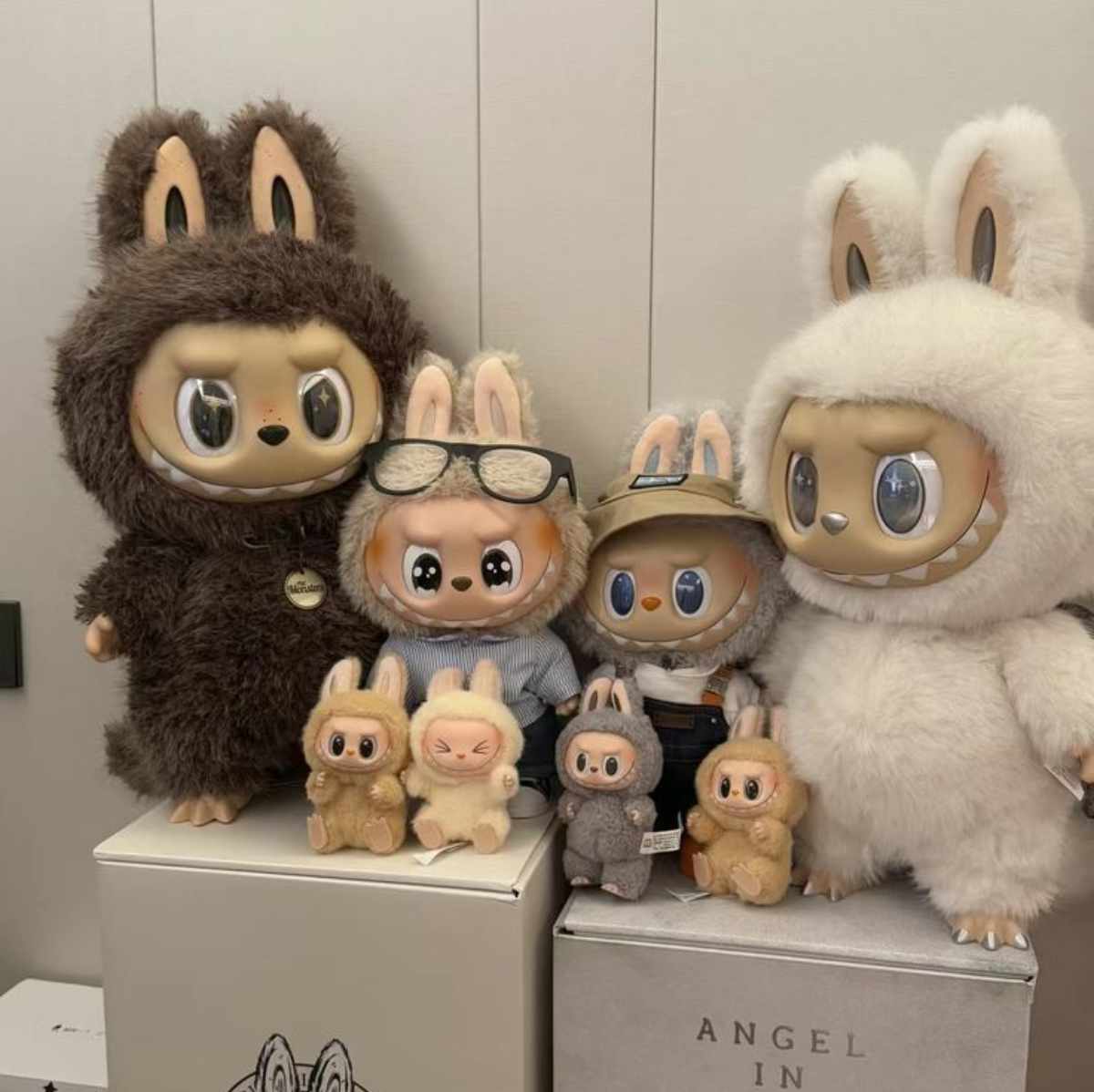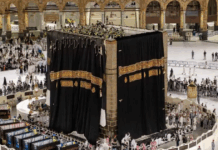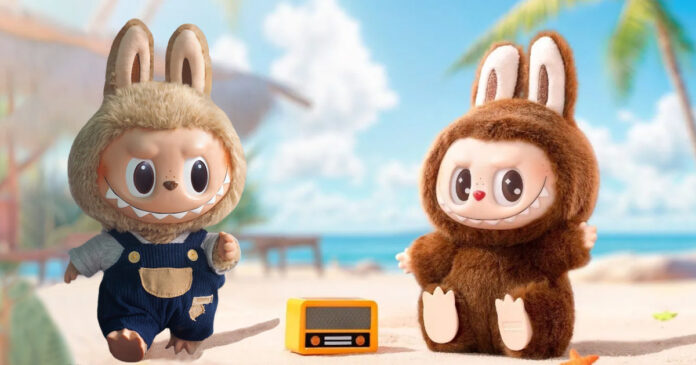At first glance, the Labubu doll looks like something that escaped from a Halloween decoration aisle; a fluffy creature with jagged teeth, bugged-out eyes and a devilish grin. But in China, this creepy-cute character has become the face of a luxury movement that’s turning the toy industry on its head. Labubu doll isn’t just a toy, it’s a billion-yuan phenomenon, a cultural statement and perhaps the clearest sign yet that the definition of luxury is evolving faster than we can keep up.
How ironic, though! For years, Chinese products stamped with a “Made in China” label were associated with cheap and poor quality. And today, a toy from China is a global sensation that is even defying the tariffs. If this doesn’t show you how fast global trends and perspectives can make a shift, then I don’t know what will.
The Genesis of Labubu Doll
Labubu was conceived by Hong Kong artist Kasing Lung, who was inspired by Nordic folklore and mythology. Initially introduced in 2015, Labubu gained significant traction in 2019 after a collaboration with Chinese toy company Pop Mart. Pop Mart’s innovative “blind box” sales strategy (consumers purchase sealed boxes without knowing which character variant they contain) added an element of surprise and collectability that fueled consumer interest. The blind-box economy thrives on FOMO, and on addiction.
Through a combination of surprise packaging and designer collaborations, Pop Mart does not merely sell toys; it offers anticipation, exclusivity, and social capital. In 2024 alone, Pop Mart’s revenue surged 107% to 13.04 billion yuan (around $1.8 billion). As of December 2024, the company’s mainland and non-mainland store revenue grew by 375% to 5 billion yuan (about $700 million), according to the company’s 2024 annual report.
China’s designer toy industry is projected to reach more than 110 billion yuan (US$15 billion) in retail sales in 2026 as reported by Time’s Magazine. This is more than a 1500% increase from 2015, when retail sales were just US$890 million. This isn’t child’s play; this is luxury business.
But here’s the twist: Labubu’s appeal isn’t rooted in scarcity or traditional craftsmanship. It’s a mass-produced item made with plastic and polyester. Yet, Labubu sells out faster than a Chanel drop, with fans lining up in the rain and spending small fortunes on resale. Why?
Celebrity Endorsements and Emotional Impact
Labubu is a paradox—grotesque yet adorable. That “ugly-cute” aesthetic is exactly what makes it desirable. The toy offers something honest, offbeat and rebellious. Sounds familiar? Yes, this is the perfect description of Gen-z too and hence this generation seems to be even more infatuated with this toy. Indeed, making toys relatable was a genius tactic from the company’s end.
That emotional pull is amplified by Labubu’s growing celebrity fan base. The Labubu craze received a significant boost when Lisa of K-pop group Blackpink was spotted with a Labubu keychain in 2024 and referred to the toy as her “baby.” This “organic” endorsement resonated deeply with fans, leading to a surge in popularity across Asia. Other celebrities, including Rihanna and Dua Lipa, have also been seen with Labubu dolls. So, of course, the demands will spike.
Read More: Are the Menendez Brothers Finally Being Released?
A Reflection on Modern Consumerism
Labubu’s rise to luxury status challenges traditional notions of what constitutes a luxury item. Unlike luxury brands that rely on exclusivity and high price points, Labubu’s allure lies in its accessibility and relatability with the community it fosters. This shift signifies a broader change in consumer values, where personal connection and cultural relevance take precedence over mere status symbols.
But here is a downside that no one is talking about: When luxury is defined by emotional resonance and peer influence, how do we separate authentic joy from manufactured desire?
The phenomenon also raises questions about consumer behaviour and the sustainability of such trends. The blind box model can lead to excessive consumption and financial strain for collectors seeking rare variants. Moreover, the reliance on celebrity endorsements and social media virality suggests that Labubu’s popularity may be susceptible to the fickle nature of online trends. How long can a brand stay hot on the fumes of virality and influencer moments? The line between collectable and clutter is thin — and fickle.

Labubu Craze: A Reflection
Labubu’s transformation from a quirky designer toy to a luxury cultural icon underscores the evolving landscape of consumerism in China and beyond. It reflects a generation’s desire for products that offer emotional fulfilment, community and a sense of identity, and literally no other purpose.





































